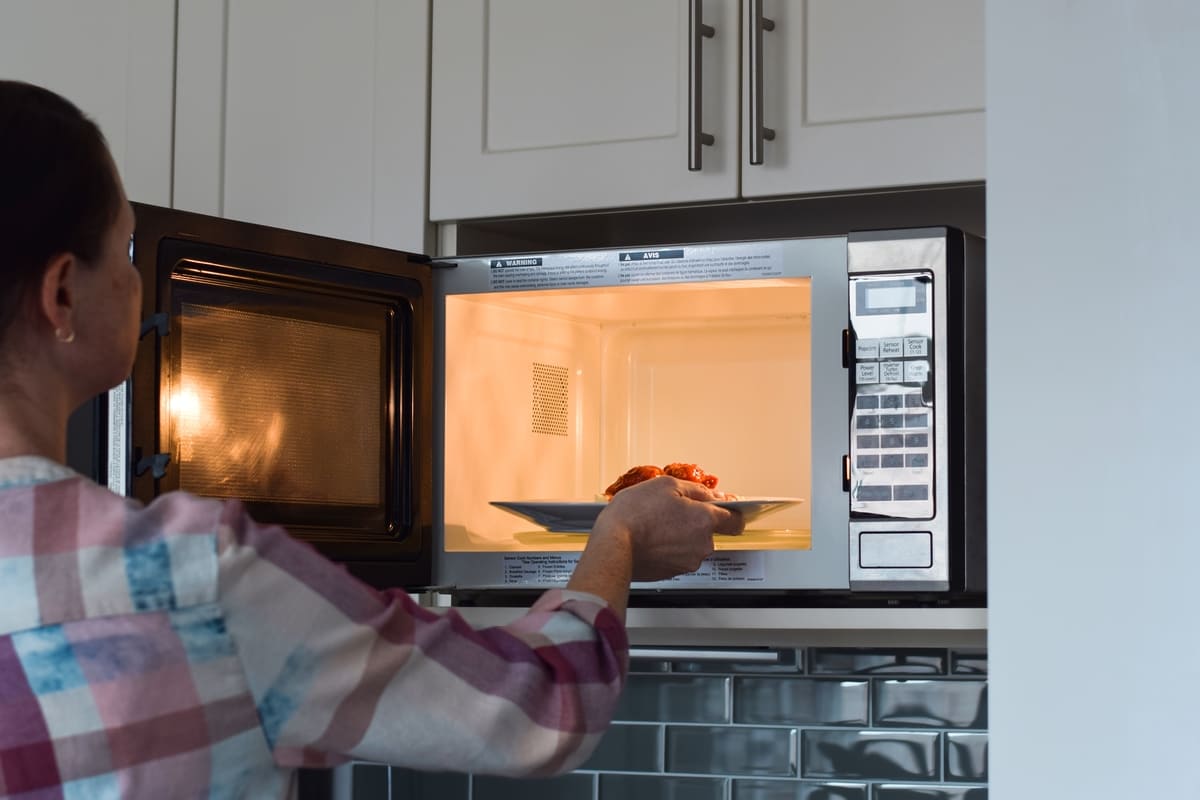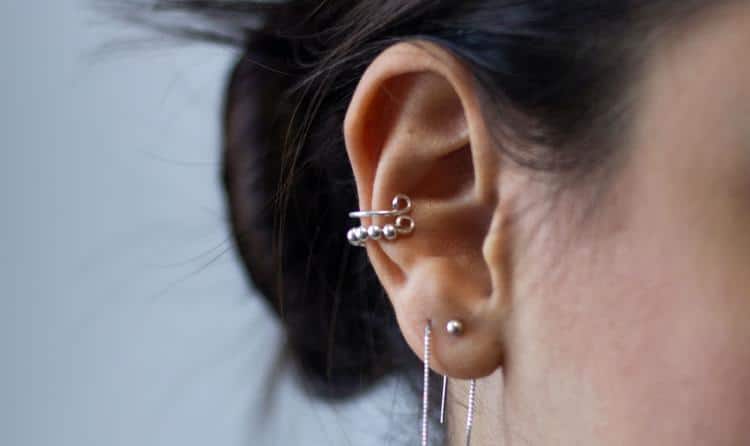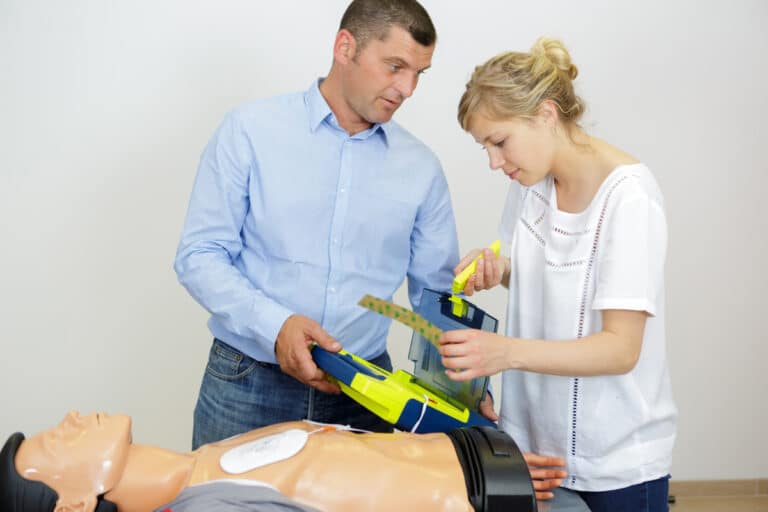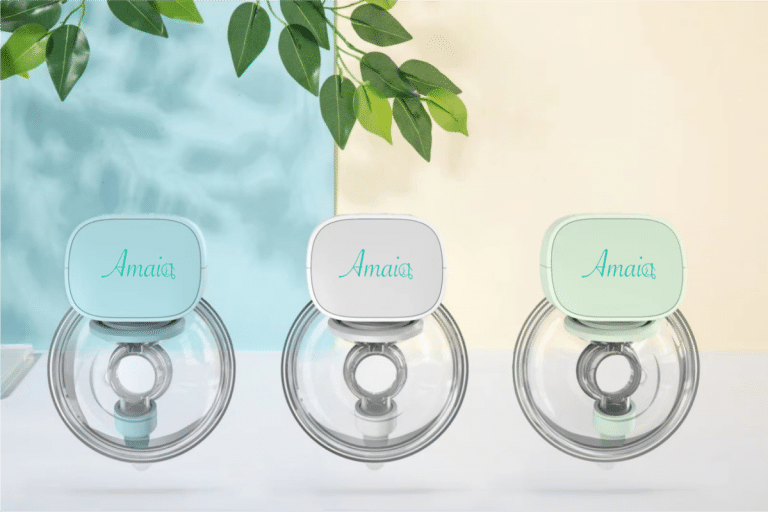Microwave ovens, with their ability to cook and heat food quickly and efficiently, have become an indispensable part of modern kitchens. Whether you’re a busy parent trying to feed your family or a college student looking for a quick meal, knowing how to use a microwave oven is essential. This guide will provide you with all the necessary information to operate the best microwave oven safely, effectively, and to its maximum potential. We’ll delve into the various features, controls, safety measures, and maintenance tips associated with microwave ovens. So, scroll down to know more!
Understanding Your Microwave’s Controls
Before you start using the best microwave oven for home, it is crucial to understand its control panel thoroughly. This will not only ensure that you use the appliance safely but also help you make the most out of its features for efficient cooking. The control panel1 on most microwaves includes buttons for adjusting power levels, setting cooking times, and initiating presets for various types of food. Here’s a closer look at these common functions:
- Power Level: Adjusts the intensity of the microwaves. High power cooks food faster, while low power is suitable for delicate items and defrosting.
- Cooking Time: Sets the amount of time the food will be heated. Start with shorter times and increase if needed to avoid overcooking.
- Presets: Many ovens feature presets for popular items like popcorn, potatoes, or frozen vegetables. These presets automatically set the power and time.
- Start/Pause and Stop Buttons: The start button will initiate the cooking process, while the stop button will cancel it. The pause button allows you to temporarily stop the microwave and then continue from where you left off.
- Defrost: This is a common feature in most microwaves that allows you to thaw frozen food. Some microwaves offer options to defrost by weight or time, providing more precision in the defrosting process.
- Timer/Clock: Apart from setting the cooking time, this feature also allows you to use your microwave as a kitchen timer. Plus, it displays the current time when the microwave is not in use.
How can you use microwave ovens?
Microwave ovens use electromagnetic waves2 to heat food. They work by emitting microwaves, which are absorbed by the water molecules present in the food. This absorption causes the water molecules to vibrate, creating heat that cooks or warms the food. The following steps will guide you on how to use your microwave oven effectively:
Step 1: Read the Owner’s Manual:
Before you start using your microwave oven, take the time to read through the owner’s manual that comes with it. This booklet is packed with valuable information tailored specifically for your model. It will provide detailed instructions about how to operate your appliance, safety measures to adhere to, and maintenance tips to keep your microwave functioning optimally. The manual often also includes troubleshooting advice, warranty information, and customer support contacts.
Step 2: Placement of the Microwave:
Consideration of where to place your microwave is important. It should be positioned in a well-ventilated area to prevent overheating, which could shorten its lifespan or lead to malfunction. Avoid placing it too close to other electronic appliances. This is to prevent any potential electromagnetic interference that could affect the performance of either your microwave or the neighboring device.
Step 3: Familiarize with the Control Panel:
Spend some time familiarizing yourself with your microwave’s control panel. This typically includes buttons for power level settings, timer functions, start and stop commands, and sometimes pre-set cooking programs for common foods like popcorn or pizza. Understanding these functions will allow you to use your microwave more effectively and tailor its operation to your specific cooking needs.
Step 4: Use Microwave-Safe Containers:
It’s crucial always to use microwave-safe containers when heating or cooking food. This could be glass, ceramic, or certain types of plastic. Avoid using metal or aluminum foil, as they can cause sparks and potentially damage the appliance. A simple way to check if a container is safe is to look for the ‘microwave safe’ label, usually found at the bottom.
Step 5: Set the Cooking Time:
To start your cooking process, input the desired cooking time using the numerical keys on the control panel. For certain types of food or functions such as defrosting, you can utilize the pre-set cooking programs if available. These are designed to provide optimal results based on common cooking tasks.
Step 6: Adjust Power Level:
Depending on your recipe, you may need to adjust the microwave’s power level. A lower setting is typically used for defrosting or slow cooking, while a higher setting is used for quick cooking or reheating food. Understanding these settings can help you achieve better results in your culinary endeavors.
Step 7: Clean Regularly:
Maintaining cleanliness is essential for the longevity of your microwave. After each use, wipe down the inside to prevent food buildup. For thorough cleaning, consider heating a microwave-safe bowl filled with a mixture of water and vinegar until it steams. The steam helps loosen any dried food particles, making it easier to clean. Regular cleaning not only keeps your microwave looking good but also ensures its performance is not compromised.
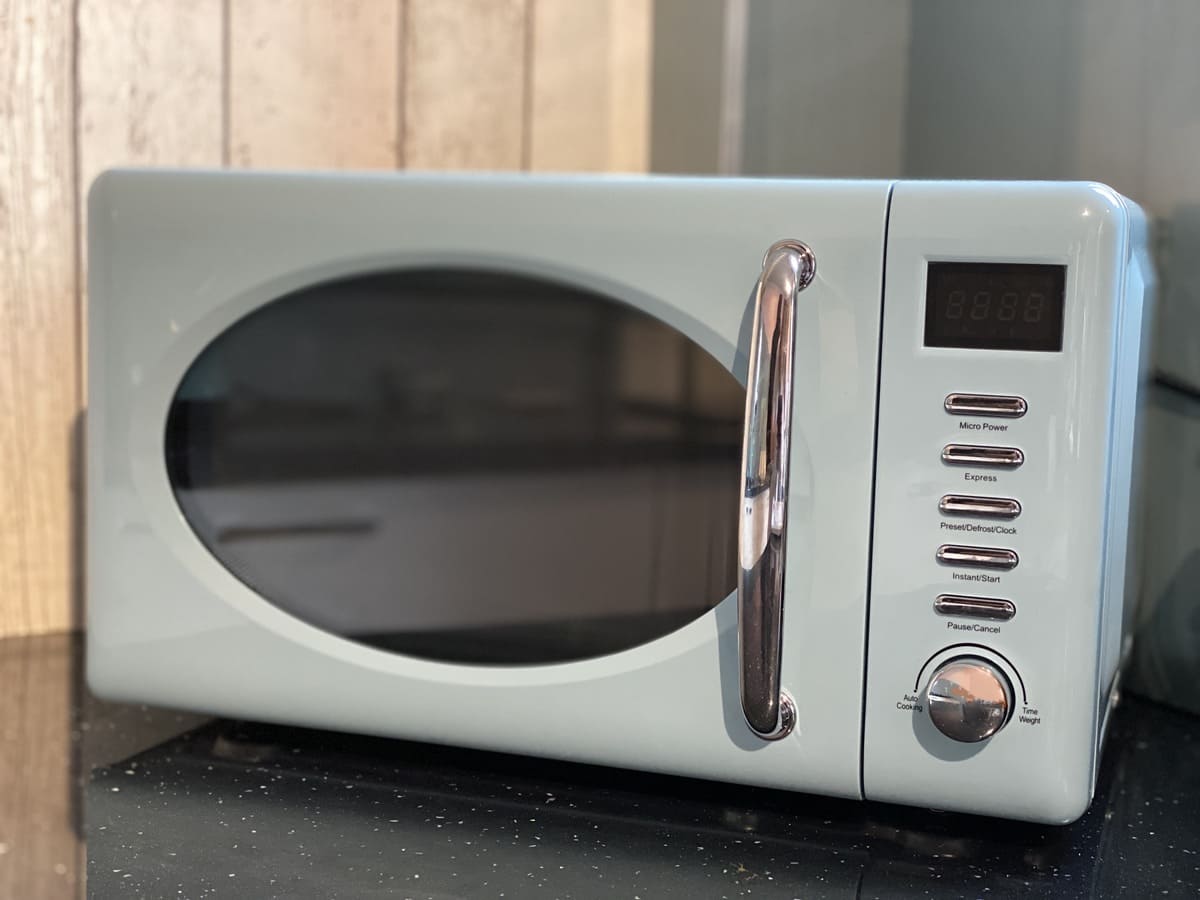
Safety Measures When Using a Microwave Oven
It’s crucial to practice safety precautions3 when operating a microwave oven to prevent damage to your appliance and ensure your food cooks properly. Here are some key safety measures to follow:
- Use Microwave-Safe Containers: To prevent damage and potential injury, always use microwave-safe containers such as glass, ceramic, or plastics labeled as microwave-safe.
- Avoid Using Metal: Metallic objects can cause sparking or arcing inside your microwave oven, damaging it in the process. Do not use metal containers, aluminum foil, or utensils when cooking with a microwave.
- Don’t Operate a Microwave Empty: Running a microwave without any food or liquid to absorb the energy can lead to overheating and potential damage to the appliance.
- Follow Instructions: Always read and follow the manufacturer’s instructions for operating your best microwave oven model. This will ensure safe use and proper cooking times.
- Don’t Overheat Liquids: When heating liquids in a microwave, they can superheat and cause an eruption when touched or disturbed. Prevent this by adding a wooden skewer or stirring the liquid before heating.
- Supervise Children: Keep children away from the microwave oven and supervise them whenever it is in use. The high temperatures can cause burns if not handled properly.
Tips to maintain your microwave oven!
Regular cleaning and maintenance are essential to ensure your microwave operates at peak performance and enjoys a long life. Here are some tips for proper upkeep:
- Regularly wipe the surfaces, inside and out, with a damp cloth and mild detergent.
- Check the door seal for damage and replace it if necessary to maintain efficient heating.
- Clean vents and exhaust fans to prevent dust and debris build-up, which can cause microwave overheating.
- Use microwave-safe cookware and avoid using metal objects, as they can cause arcing and damage to the oven.
- Avoid overheating food or liquids for extended periods, as it can damage the oven’s internal components.
- Keep the turntable clean and free from any obstructions to ensure even heating of food.
- Do not use harsh chemicals or abrasives for cleaning, as they can damage the oven’s interior and affect its performance.
- Refer to the manufacturer’s manual for specific instructions on cleaning and maintenance, as different models may have different requirements.
Conclusion!
Maintaining and using your microwave oven properly is essential for both its longevity and the quality of food it produces. Remember always to read the manufacturer’s instructions, use microwave-safe containers, and regularly clean and maintain your appliance. By following these steps, you can ensure that your microwave functions optimally, giving you delicious meals promptly for years to come. Furthermore, practicing safety measures when using a microwave is crucial to prevent potential hazards and maintain the safety of your home.
Citations:
- 1: Understanding of microwave control panels- https://www.whirlpool.com/blog/kitchen/using-a-microwave-tips.html
- 2: How to use microwave ovens- https://www.whirlpool.com/blog/kitchen/how-to-use-microwave.html
- 3: Safety Measure for using Microwave- https://www.nfpa.org/-/media/Files/Public-Education/Resources/Safety-tip-sheets/MicrowaveSafety.ashx#:~:text=Always%20supervise%20children%20when%20they,unplug%20it%20from%20the%20wall.

